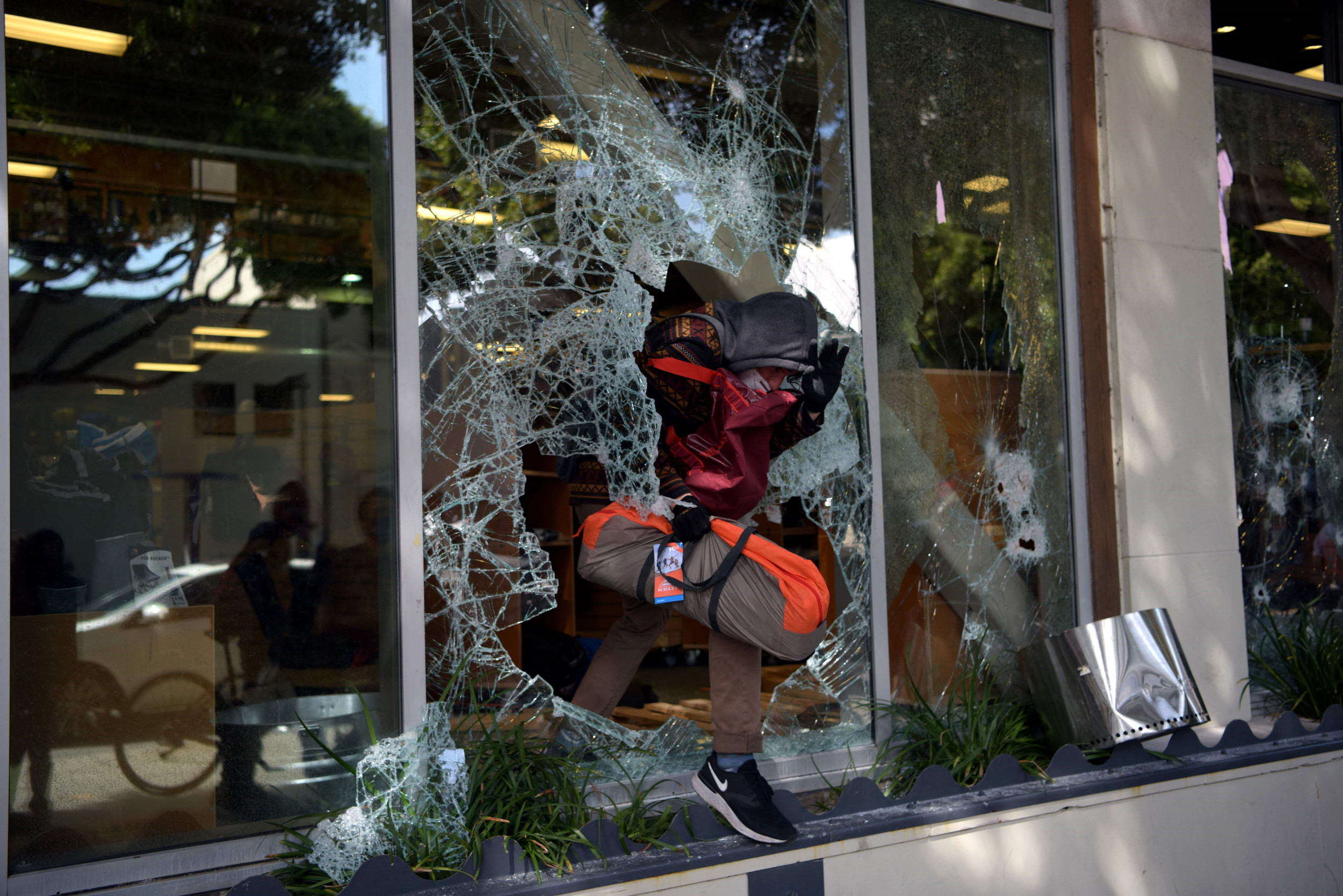Video Shows Widespread Flooding Wreaking Havoc in Haiti As 42 Left Dead
At least 42 people died and 85 others were injured after a weekend of heavy rainfall in Haiti caused widespread flooding. Thousands living in the Caribbean country were displaced after more than 13,000 homes were waterlogged, according to Haiti's Civil Protection Agency.
Videos of Haiti's flooded roadways circulating on social media show the impact of the devastation caused by the extreme weather. Earth42morrow, a Twitter account spreading awareness about the climate crisis, shared a clip showing "panic-stricken people clutching infants in their arms, scrambling to save their lives" as they walk across a river of water moving fast.
Watch panic-stricken people clutching infants in their arms, scrambling to save their lives as deadly floods and landslides hit #Haiti turning Streets into raging brown rivers#floods #flooding #climate #emergency #weather #viral #disaster pic.twitter.com/fNa2XioL9p
— Earth42morrow (@Earth42morrow) June 5, 2023
In the video, several adults can be seen carrying kids on their back and grasping on walls to avoid being carried away by the water.
In another clip, shared by Al Jazeera, cars and other vehicles can be seen dragged along by the force of the water flowing in the roadways.
At least 15 people have been killed and several are still missing after heavy rains sparked widespread flooding and landslides across Haiti.
— Al Jazeera English (@AJEnglish) June 5, 2023
Officials are still assessing the damage, which has affected over 7,000 families ⤵️ pic.twitter.com/eIbtkZsluH
A video shared by WeatherNation on Twitter shows how the flooding completely took over the Caribbean nation's roadways, which in the clips appear completely submerged by the flowing water.
Deadly flooding has taken over some of the roadways in Haiti.
— WeatherNation (@WeatherNation) June 5, 2023
Authorities say at least 15 people have been killed by the flood waters. #Haiti pic.twitter.com/42GXqC34Fm
The highest death toll was reported in the city of Léogâne in southwestern Haiti, where 19 people died, according to authorities. Port-au-Prince, the country's capital, had not reported any deaths by the time of writing this article early on Tuesday, though authorities said that some 4,500 homes had been affected by flooding.
According to the latest United Nations Office for Coordination of Humanitarian Affairs report on the unfolding situation in Haiti, dated June 5, 37,400 people have been affected by the flooding in the Caribbean nation.
The flooding this week was just the latest blow to a country that's already suffered from previous extreme weather events. In 2010, Port-au-Prince was devastated by a magnitude-7 earthquake that killed more than 200,000 people and left the country's economy and infrastructure in a dire state.

In a tweet posted on Monday, Haiti's Prime Minister Ariel Henry said: "My government, in concert with national and international institutions, is taking urgent measures in order to meet the demands of the hour." Henry has served as the acting prime minister and president of Haiti since July 20, 2021 following the assassination of previous president, Jovenel Moise, on July 7, 2021.
Haiti, stricken by gang violence and political instability as well as calamitous weather events, depends heavily on humanitarian assistance. According to the UN, 5.2 million people, nearly half of the country's entire population, were already in need of humanitarian assistance before the latest flooding.
The UN's World Food Program tweeted on Monday that it had started "providing hot meals to displaced people in the coming hours & are mobilizing ready-to-eat rations & dry food."
The emergency might not be over in Haiti, with the UN Office for Coordination of Humanitarian Affairs warning that more rainfall could cause new flash floods. "In the event of another heavy rainfall, the waterlogged soils will be unable to prevent further flooding, rockslides and landslides, and the provisional death toll could rise even higher," the agency wrote.
Similar events are to be expected in the coming months starting from June 1, when the hurricane season officially begins.








